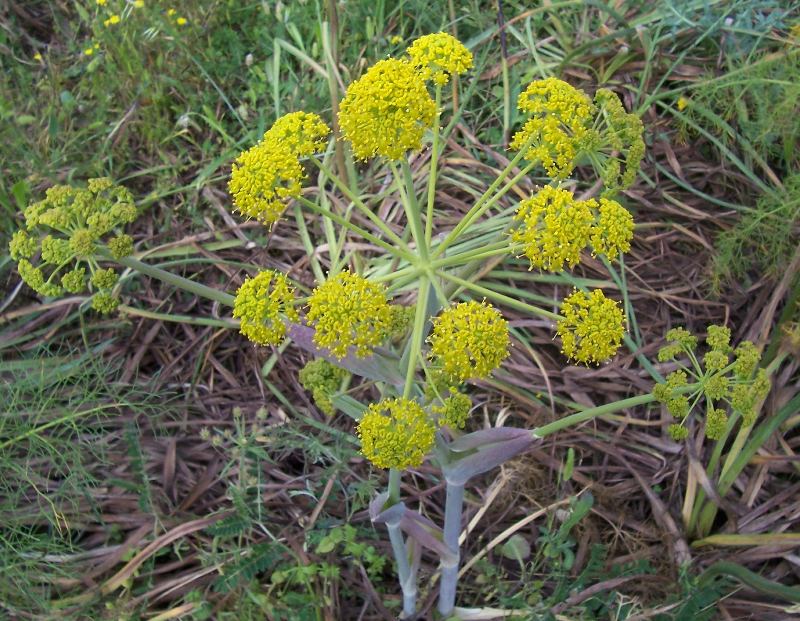Johns Hopkins Researchers Find New Tumor-Destroying Drug in Mediterranean Plant
 Tuesday, July 17, 2012 at 11:22AM
Tuesday, July 17, 2012 at 11:22AM  Native to the Mediterranean, compounds from Thapsia garganica (commonly named Drias), have been engineered to kill cancerous tumors while leaving the rest of the body unharmed.A toxic plant native to the Mediterranean gave investigators the pieces they needed to craft a "molecular grenade" capable of attacking tumors in mice. And they say it holds out the prospect of a new therapy that might one day address a broad range of cancers.
Native to the Mediterranean, compounds from Thapsia garganica (commonly named Drias), have been engineered to kill cancerous tumors while leaving the rest of the body unharmed.A toxic plant native to the Mediterranean gave investigators the pieces they needed to craft a "molecular grenade" capable of attacking tumors in mice. And they say it holds out the prospect of a new therapy that might one day address a broad range of cancers.
Led by investigators at Johns Hopkins Kimmel Cancer Center, the team developed the drug G202 out of Thapsia garganica, a plant that contains thapsigargin, long known to be lethal to the animals that occasionally consume it. The team modified the main ingredient chemically, allowing it to travel harmlessly through the bloodstream until it encounters tumors. At that point a protein released by the tumors--prostate-specific membrane antigen--pulls the pin on the grenade and delivers the toxic element right on target.
In the animal study, the researchers say the experimental cancer drug appeared to devastate not only tumor cells but also surrounding cancer cells and the blood vessels that feed them. And the nature of the drug makes it unlikely that the body can develop a tolerance for the toxic element.
"Our goal was to try to re-engineer this very toxic natural plant product into a drug we might use to treat human cancer," said Dr. Samuel Denmeade, the lead author. "We achieved this by creating a format that requires modification by cells to release the active drug."
In an unusual comparison study, the investigators treated mice with G202 as well as the chemo drug docetaxel. The preclinical therapy was able to reduce 8 out of 9 tumors by more than half after three days of therapy, compared with only 1 of 9 tumors in the docetaxel group.
 Kathy |
Kathy |  Post a Comment |
Post a Comment | 
Reader Comments